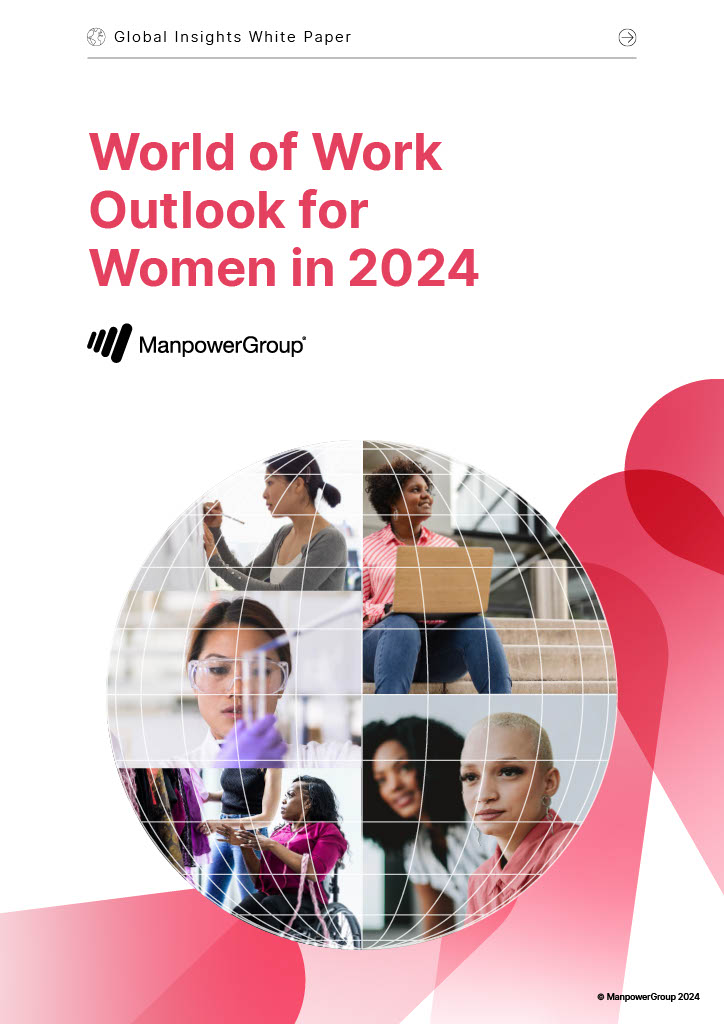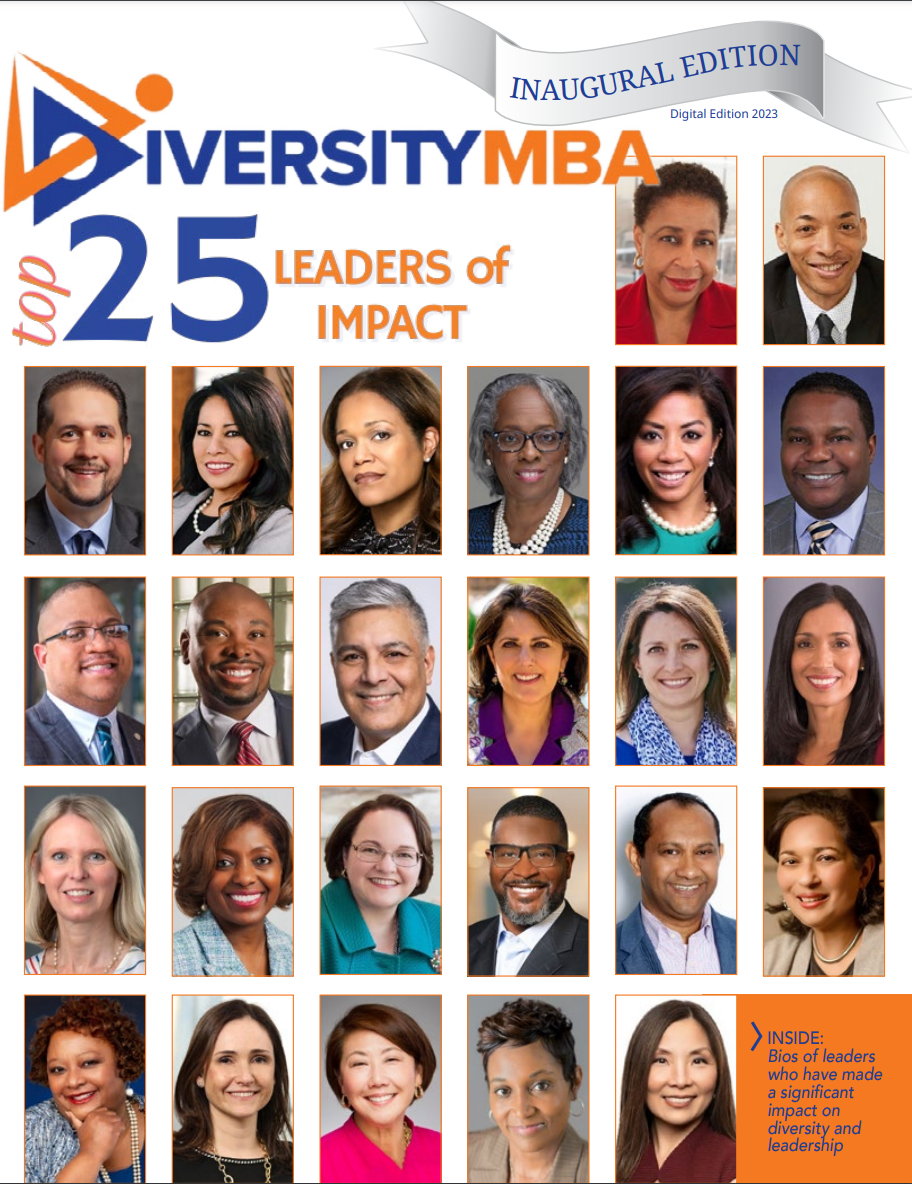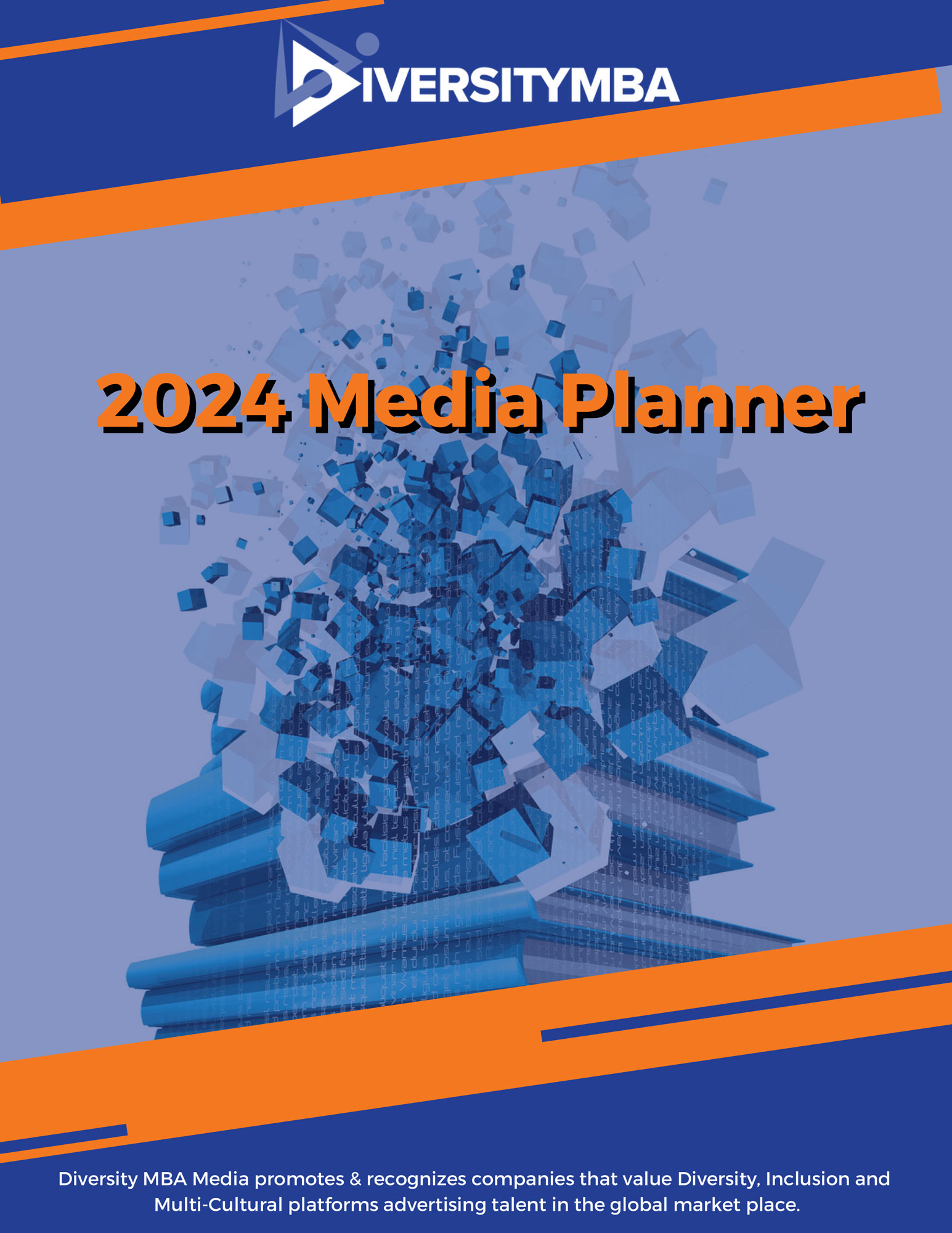
It is fascinating to me that companies still, today, are asking themselves this question, trying to understand the impact of affirmative action and the reality of diversity and inclusion.
Simply put, affirmative action was legislation put into to place to level the playing field, to provide equal access to opportunities for women and people of color. Understanding the premise of affirmative action helps tremendously with the proper lens of dialoging about the notion of white privilege.
This is what I know and believe. Privilege is defined as a special right, advantage, or immunity granted or available only to a particular person or group of people. So with that being said, the group of people are Non Hispanic white males who have been granted special advantages for more than 100 years or more….who’s counting. So when we just focus on employment — both entrepreneurial opportunities and in corporate America – Non Hispanic white males controlled all of the opportunities, and gave them to themselves. So it took legislation like affirmative action to encourage companies to just provide women and people of color a chance.
Did affirmative action do its job? Yes, it did. It created many opportunities for those who were qualified and deserved a chance. I do believe that, because of affirmative action, I received access; however, let’s be clear, I was more than qualified and in some cases more qualified than most.
Fast forward to today…Non Hispanic white females have become the largest group to benefit from affirmative action, catapulting this group into management and key positions as well as positioning Non Hispanic white women for creating successful small businesses.
While affirmative action was intended to provide access to those not getting it, it won’t eliminate white privilege. Here is the reality: White privilege has been around so long that it has become ingrained in the minds, behavior and attitudes of Non Hispanic white males and, in some cases, Non Hispanic white females.
This is not right but it is real. So with the movement of diversity and inclusion beginning in the 80s, the swing in privilege switched to Non Hispanic white women, because it was just easier to provide this group with access and opportunity before people of color.
Don’t misunderstand me — the struggle was real for these women. But they were and still are the largest group being provided with access and opportunity.
DMBA Inclusive leadership Index illustrates the current trends of people of color and women in the workforce:
- The U.S. workforce by ethnicity is 46 percent Non Hispanic white and 54 percent people of color;
- US workforce by gender is 44 percent women and 54 percent men;
- Mid management is 76 percent Non Hispanic white and 34 percent people of color.
- Emerging leaders includes vice presidents and directors. 68 percent are Non Hispanic white and 32 percent are people of color.
- Senior executive levels include C suite, presidents, executive vice presidents; 76 percent are Non Hispanic white and 34 percent are people of color.
The data is real when Non Hispanic whites are the largest group in the pipeline and white women are being celebrated for diversity, leaving people of color continuing to be minimized and redundant in hiring.
So what to do? Well, the good news is that companies know how to advance large groups and have done a great job with Non Hispanic white women. Companies are faced with diversifying their ranks and dependant on the lens of one group of people (Non Hispanic white for both genders). It took a long time to advance white women into leadership roles, but with so many best practices today companies can make quicker decisions and take less calculated risks and promote the most qualified people of color right now.
I realize I have so much to share I am going to do a blog series on white privilege that will address representation, intention, and inclusion. The highlights provided today should provide you with enough information to start the conversation on what does your mix look like to fuel your pipeline.
Next week, we’ll look at intentional strategies and what companies are doing to prepare and advance people of color into the management and leadership ranks. Stay tuned.







